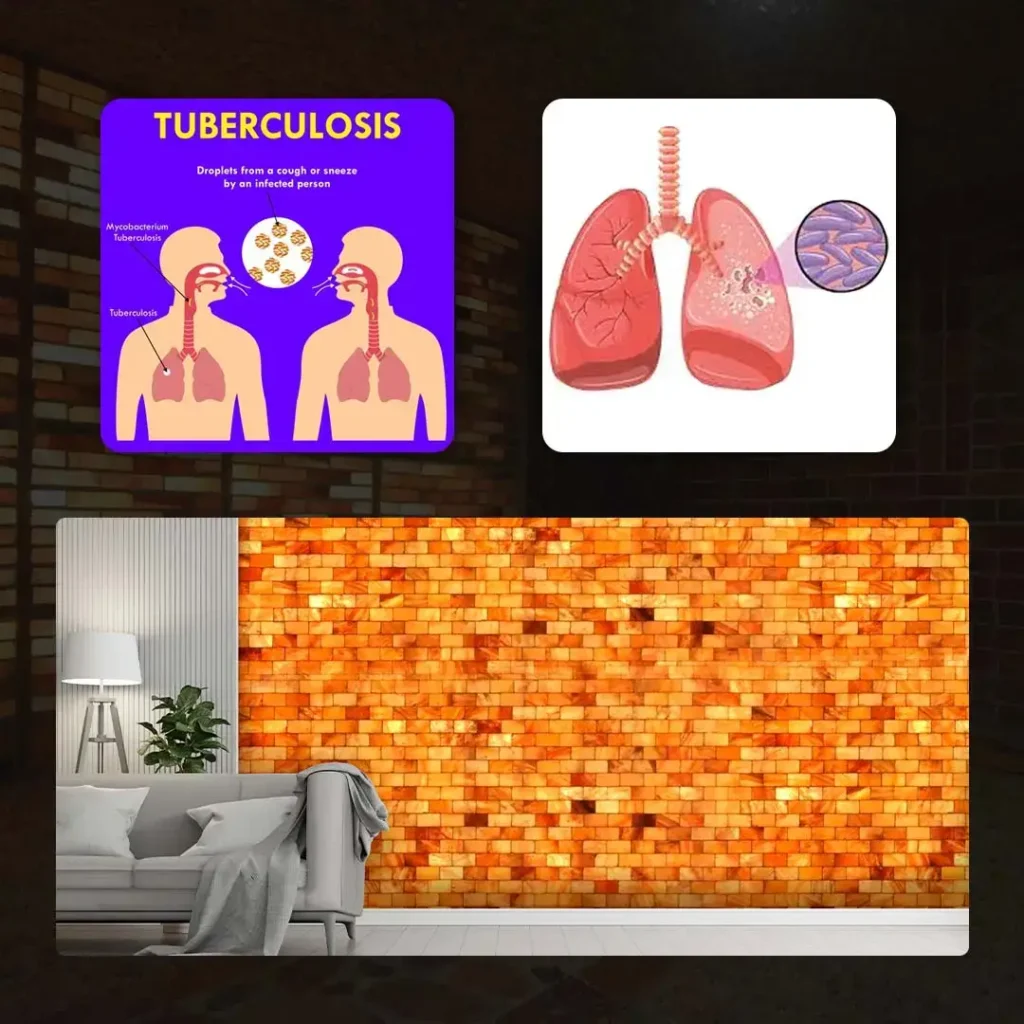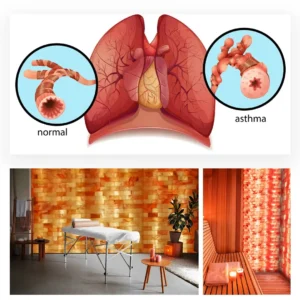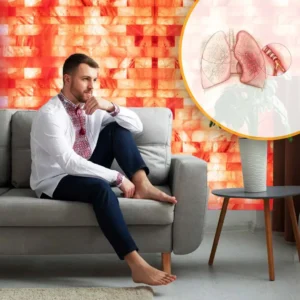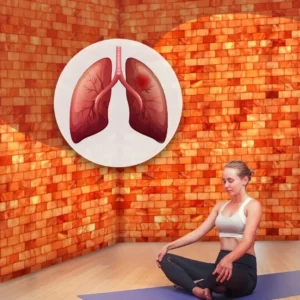TB – more than any significant infectious disease, TB has the largest number of human infections worldwide, with millions of cases a year. The former causes more varied side effects in the use of current treatments for this condition, which tend to have a reputation as the tortoises in terms of efficacy at best. Especially in vogue for alternative therapies, one of the pink salt tile rooms can be mentioned as it has garnered much acclamation lately. This is the literature review about tartar and HB treatments that initially came for referral search by author, ease of existing research, and case studies reference citation.
Overview of Tuberculosis
Tuberculosis (TB) is an age-old killer and a disease that affects humans. It is provoked by a bacterium called Mycobacterium tuberculosis that can attack any body part but is primarily detected in your lungs. Airborne: Spread by an infected person coughing or sneezing. This can lead to weight loss, fatigue, fevers and night sweats, a persistent cough, chest pain, and loss of appetite. TB remains a significant health worry despite drug resistance and prevention in opposition to HIV, accounting for the ongoing high burden of the sickness within scientific science.
Current Treatment Methods
Treatment for TB usually includes several six-month courses of antibiotics, often continuing longer than that. First-line Drug Isoniazid Rifampin Pyrazinamide Ethambutol Of course, very obviously, none of these treatments are side effect-free and can result in liver toxicities or gastrointestinal problems. Managing multidrug-resistant TB (MDR-TB) is an entirely different challenge and one where alternative therapeutics have been pursued.
What Are Pink Salt Tiles?
They are not like other salt salts, but pink Himalayan salt! The pink salt tiles made of high-quality Himalayan salt are used by building the salt rooms or salt caves, where all walls, parts and sometimes the top should be covered by brick-shaped yellow-pink bath stone! The chamber is meant to simulate an environment filled with particles of salt that the people breathing become exposed to over its operation.
A Brief, Salt-Therapy History
Salt has long been known for its numerous health benefits (think halotherapy), and Himalayan salt is a new take on this age-old staple. People have been using salt caves for centuries to treat respiratory and skin issues. Initially, treatment options were limited to saline baths and inhalation of the microclimate around salt lakes. Still, we have marketed medicalizations of salt rooms where you sit and breathe in the ambient microclimate of salt.
Mechanisms of Action
The pink salt tiles are claimed to have healing properties, which were believed to be because of salt’s anti-inflammatory and antibacterial action. Salt particles you inhale can reduce inflammatory airway markers, break up mucus, and potentially kill bacteria. These features can also be helpful for respiratory disease (like TB) patients.
As the bitter lake left for dead by cannot blossom into a blossoming health resort, there is little regret in having so thoroughly debunked it. The “Pink Halite Tile Rooms (PHTR)” of that seaside shrine door opened—less than six months after A.D. Hughes spent a week under medical self-experiment
In Vivo Feasibility Study
The first clue that salt therapy could positively affect the human lung appeared in previous centuries as early as the end of the 19th century, when Polish doctor Feliks Boczkowski noticed a high incidence of respiratory diseases among salt mine miners. It was after the rise of a verifiably effective salt therapy that had developed rapidly in Europe called Salt Therapy clinics.
Modern Research Efforts
Halo therapy has prospects through promising novel studies for various respiratory diseases, including TB. However, further dedicated research is warranted to exploit the potential benefit for these patients. Some studies have shown8 (- to the horror of half the internet-) EVERYONE, even including patients with and without COPD, asthma, bronchitis , etc. are also stronger physically and symptomatically after (before) Halotherapy.
Natural Remedy: Halo therapy and Breathing
Findings In 2017, the results of a study on the effects of halo therapy on patients with diagnosed chronic respiratory diseases were published. It could be helpful in the performance measures of similar patients with lung cancer and pleural tuberculosis because it was also correlated with significant improvement of symptoms and pulmonary function.
Study-2: MDR-TB Salt Therapy Study Analysis
Researchers in Russia tried salt therapy for a small pilot study of patients with multidrug-resistant TB. Patients (TWENTY) attended salt rooms once and twice weekly for ten weeks as part of the pilot study. Although the strength of symptoms appeared to decline and quality of life seemed to boost, further confirmation studies with an extended number of patients are warranted.
Mechanistic Insights
Nonetheless, laboratory studies have provided some clues about the effects of salt particles on respiratory health. Salt is a desiccant. If it can dry up any moisture from alive bacteria, a salt may be the long-term answer to keeping the bacterial species’ load down in the lungs. Salt also helps with TB-induced lung disease because it is anti-inflammatory.
The Spa Room, Tuberculosis AND the Pink Salt Tile
One TB clinic in Poland, for instance, has a salt room. They spoke about experiences in which patients did better, recovered rapidly, and endured fewer symptoms. In other words, TB patients’ respiratory function and similarly linked symptoms (regularly treated with conventional antituberculosis drugs) normalize from add-on salt therapy.
Case 2: Patient Experience and Outcomes
A patient, a TB sufferer, John, 45 John, had been coming in once a week for the last six months to my pink salt tile room. By that date, his symptoms were nearly gone – a chronic cough and chest pain he’d had for close to two years. Yes, his very impressive (pulmonary function tests) PFT improvements with salt rooms as a treatment.
Benefits of Pink Salt Tile Rooms for TB Treatments
The program should be based on a structured program for adoption in a pink salt tile room adapted for TB treatment. They will also design salt rooms with particular humidity and salt concentrations to take it further. You will get benefits if you plan your session regularly, i.e., 45 minutes to an hour.
Safety Considerations
Generally, Halotherapy is considered safe for almost everyone with little precaution required, especially in the case of TB. This means that salt rooms must be well-ventilated and that all hygiene requirements must be met to prevent infection from spreading from person to person. Severely respiratory-compromised patients would require careful monitoring with the patient (ideally through their dentist) to monitor for oxygen desaturation.
Form-Fit during Tradition
Now, pink salt tile rooms may be considered as a supplementary way of treatment rather than the complete alternative. Even on antibiotic therapy, the horizon of coughing those ghoulish months is not behind when you live with TB (as much as you would like to) – halotherapy will reduce the duration of your, i.e. alleviate the symptoms and also improve your quality of life at this stage.
Limited Scientific Evidence
There is a massive problem with implementing pink salt tile rooms in TB treatment. CONCLUSION: TCs are equally effective at changing the efficacy rate for TB treatments of the upper airways, and more randomized controlled trials are needed to pool halotherapy as a therapeutic modality for TB.
Cost and Accessibility
Hence, the construction and operation of the salt room are too expensive to make it available wherever TB exists. Like with many, strides are being made towards making this therapy accessible and affordable.
Conclusion
The zest could be optimistic complementary therapy will probably occur soon in the new room of TB treatment to the pink salt tile room. Pre-clinically and anecdotally, they have promise, but the jury is still out on their real-world benefit, relying mainly on in vitro data. Conclusions Integrating Halotherapy into the armamentarium of conventional TB treatment demonstrates a unique approach to the care and management of TB patients. Ok, the presence of pink salt tile rooms (and some of what they are used for) sounds out there, but it is worth looking into about what the rest of the medical community is doing to try and combat TB.
Source of this medical information:






